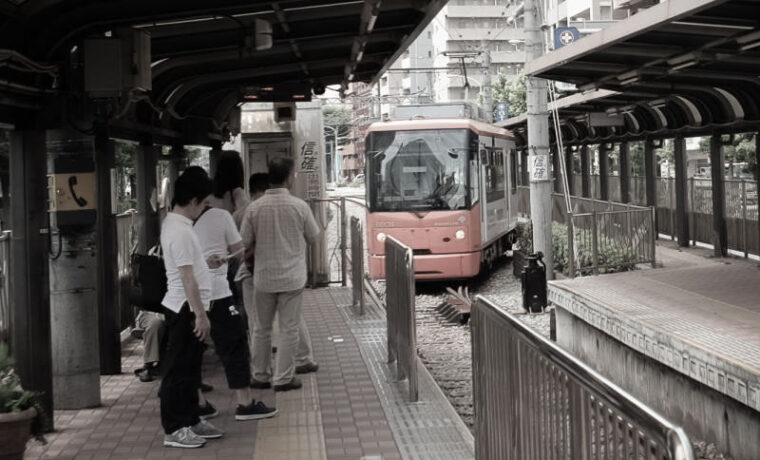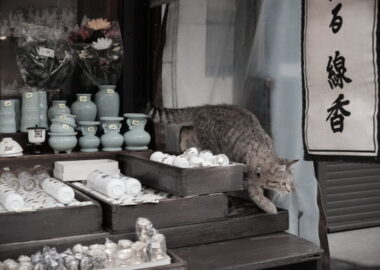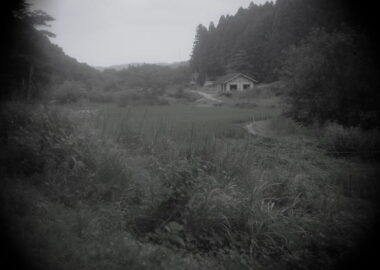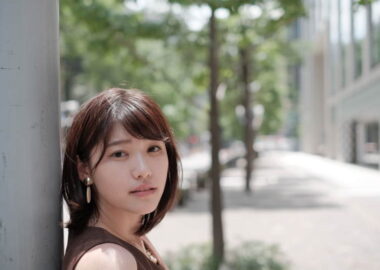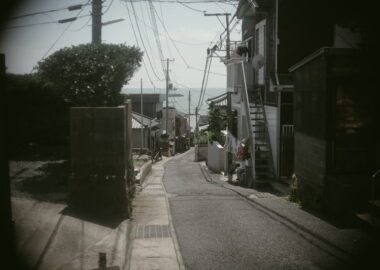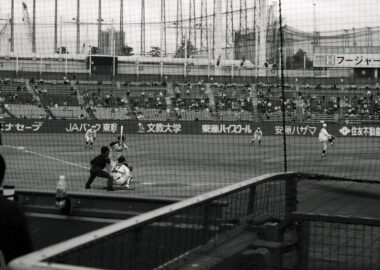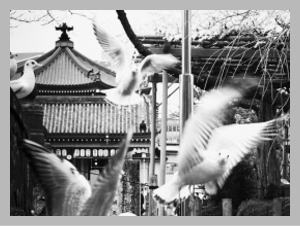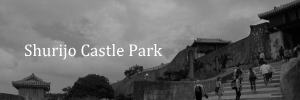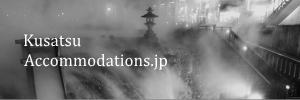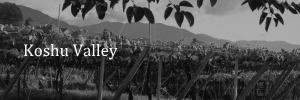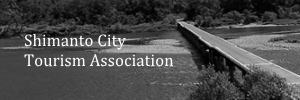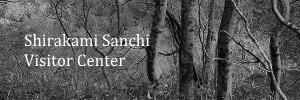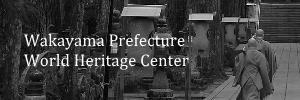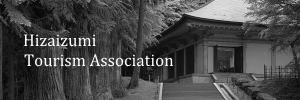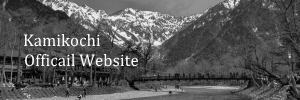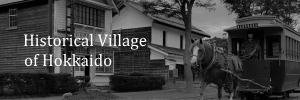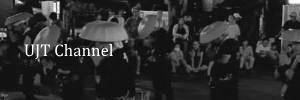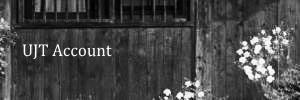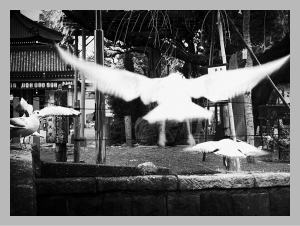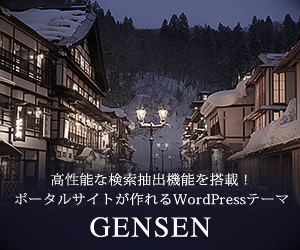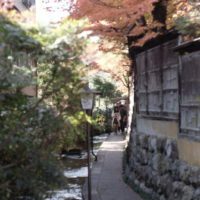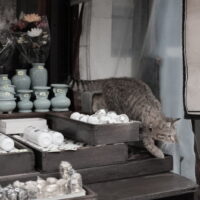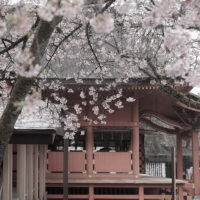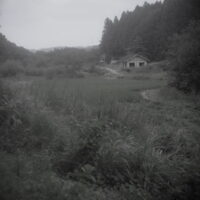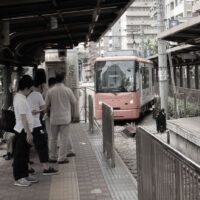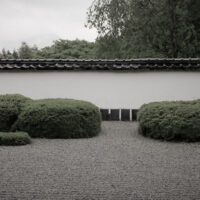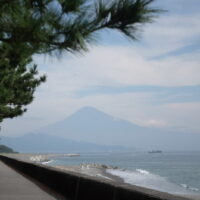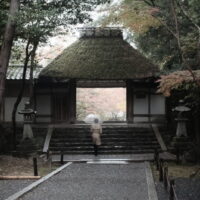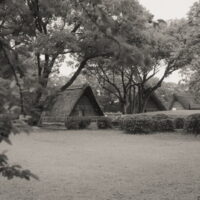Last update: January 2025
The Toden Arakawa Line, nicknamed “Tokyo Sakura Tram,” connects Waseda Station and Minowabashi Station in northern Tokyo (Kanto Region). It has 30 stations along a route of about 12 kilometers. It is known as the only remaining Toden line in Tokyo. Toden (also called “Tokyo Toden”) is a streetcar line operated by the Tokyo Metropolitan Bureau of Transportation. At its peak in the 1950s, Toden ran throughout the city, but with the advent of the car-oriented society and the development of the subway network, all Toden sections except the Arakawa Line were abolished by 1973.
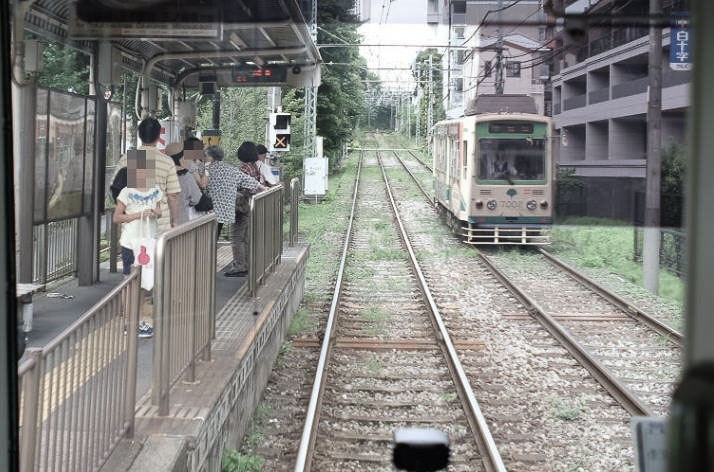
If you ride the Toden Arakawa Line, you will understand that this tram is an essential means of transportation for the people living along the line. Because it passes through many areas of Tokyo that are not yet fully developed, there are many interesting places along the line, such as old-fashioned shopping streets and historical sites where you can experience the local history and culture. These places may be not very well-known as tourist spots, but they have their own unique charms. In this post, I would like to introduce some of them.
Waseda University Theatre Museum
Let’s start at Waseda Station, the starting point (or end point) of the Toden Arakawa Line. If you leave the station and walk south a short distance, you will soon come to Waseda University, one of the most famous universities in Japan. In this area, you will find the university’s Okuma Auditorium, which is often seen in photos and on TV, and the Okuma-dori shopping street, which still retains the atmosphere of a student town. This area itself can be considered a tourist spot, and is a fun place to stroll around, not just for Waseda students.
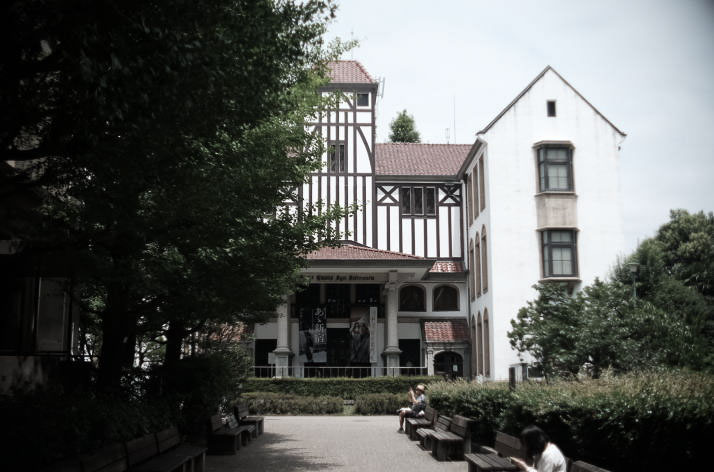
Waseda University Tsubouchi Memorial Theatre Museum (often abbreviated as “Theatre Museum” or Enpaku) is located on the campus of Waseda University. This is a museum (library) that was established in 1928 in memory of Tsubouchi Shoyo, a Meiji-era novelist and Shakespeare translator. It houses and exhibits a huge number of materials related to theatre, collected not only from Japan but from all over the world. Anyone, even if they are not a Waseda student, can enter for free and view the materials. The building is said to have been designed to resemble a 16th-century English theatre and is worth seeing as an architectural work as well.
Old Missionary House in Zoshigaya
There are also a couple of interesting sites near Zoshigaya Station, two stops north of Waseda Station. In a quiet neighborhood near Zoshigaya Cemetery stands a conspicuous Western-style structure made of wood. It used to be a residence of an American missionary, J. M. McCaleb. But after his return to the US, it eventually became the property of Toshima Ward. And since 1989, it has been open to the public as the “Old Missionary Museum of Zoshigaya.” This is a beautiful, interesting structure and here you can learn about the history of Christianity in Japan.
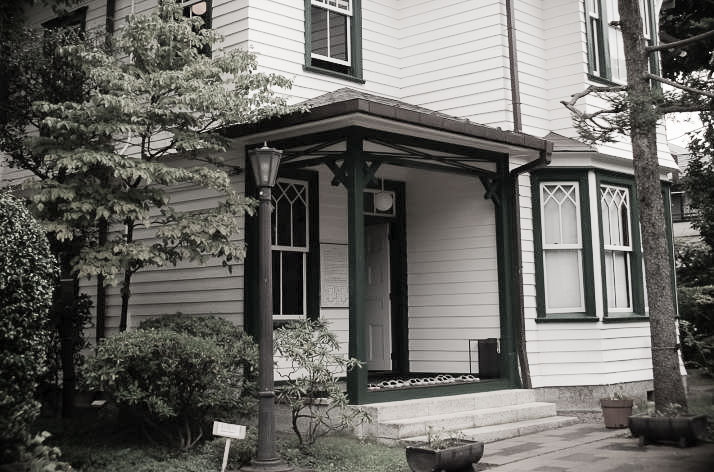
Born near Nashville, Tennessee, in 1861, John Moody McCaleb came to Japan with his wife in 1892. And after living in the foreigner’s settlement in Tsukiji for 15 years, he built the Missionary House in Zoshigaya in 1907. It was his home as well as a base to engage in missionary work based on Puritanism. The neighborhood was a new residential area at that time, and there he also started a kindergarten and a Sunday school. The older generation of this area still remembers how his activities, ranging from charitable work to educational programs for children and young men, impacted the local people.
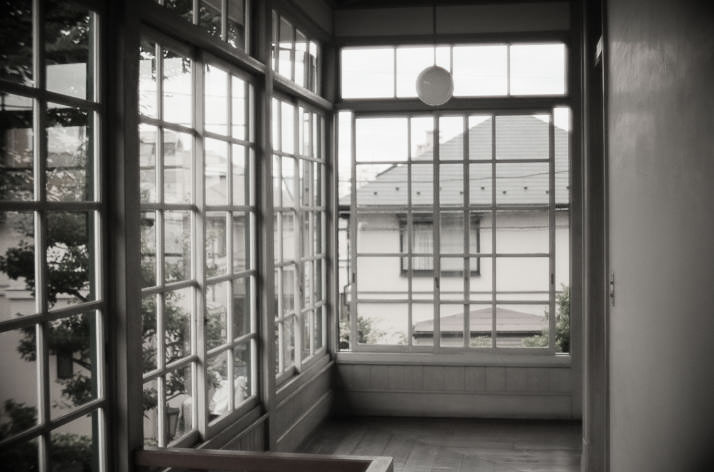
When I first visited there with my friend, we were fortunate to speak briefly with the manager of the museum’s office. I asked him if international travelers sometimes visited there.
“Ah, sometimes…,” he said, as his voice trailed off. “But Mr. McCaleb’s relatives occasionally visit here. If I remember right, he had three children. So probably those people we met the other day were his nephews or something. They duly visit here every time they come to Japan.”
“So, didn’t Mr. McCaleb live in Japan permanently?” I asked.
“No. He returned to America shortly before the Pacific War broke out.”
“Do you know what caused him to go back to his home country?”
“Well, I think there were various reasons, but it might have been partly related to the progress of his missionary work…”, he said hesitantly. (Perhaps, McCaleb’s efforts to spread Christianity were largely unsuccessful.)
I asked him how the house was built.
“Two Japanese carpenters built it. Their names are still on record. But I suppose McCaleb gave them detailed instructions so that they could build this Tennessee-style structure.
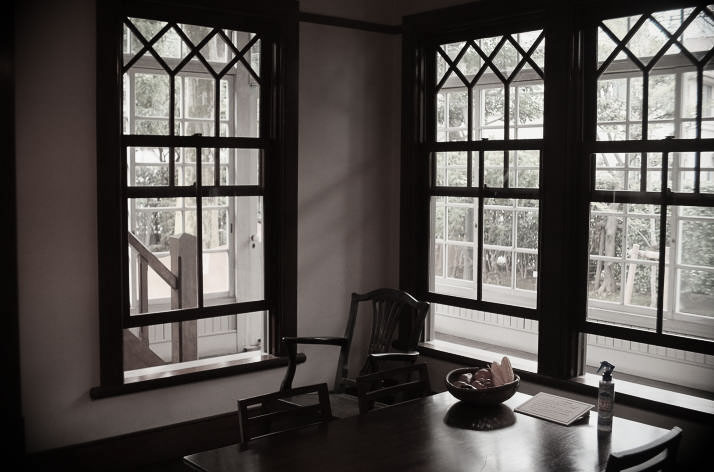
We strolled around the garden, appreciating the beautiful plants and trees (some of them were planted by Mr. McCaleb himself). And then we went into the house. We were especially intrigued by a unique bay window (called an “oriel”) facing west and the fire-place mantel with art nouveau tiles and decorations made from zelkova wood in the living room. Back at my home in Shizuoka Prefecture, I did some further study about this missionary house and learned how difficult the times Mr. McCaleb lived in were for Christian missionaries in Japan. It was the period from the middle Meiji Era leading up to the outbreak of the Pacific War.
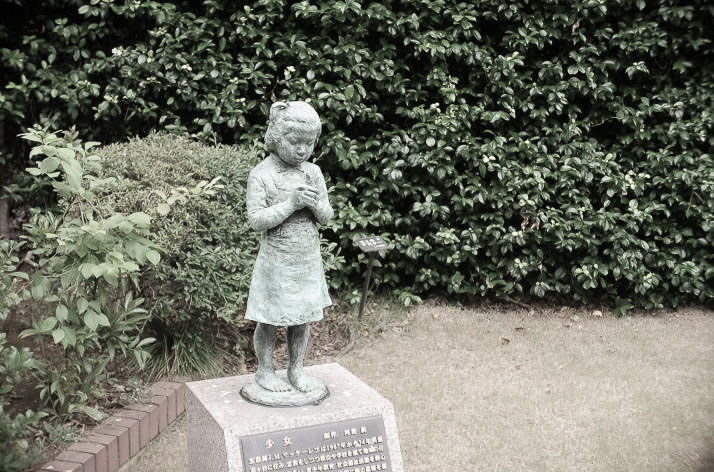
Even though the ban on Christianity had already been lifted by that time, nationalism was beginning to rear its ugly head and it sometimes led to the expulsion of foreigners and foreign cultures. In this environment, it seems Christian missionaries gradually found themselves in an awkward position. The thirty-four years he spent in Zoshigaya overlaps with this ‘period of hardships’ for Christianity. Mr. McCaleb left Japan in 1941, and he never came back again. Reportedly he didn’t even put up an American flag, to say nothing of a Japanese one, in front of his house in Zoshigaya. And he was quoted as saying, “My true nationality is the kingdom of heaven.”
Kishimojindo
Another unfamiliar spot in Zoshigaya, Tokyo, I’d like to introduce here is just several minutes walk from the missionary house. The Kishimojindo (The Kishimojin Hall) in Zoshigaya is a detached sub-temple of Homyo-ji Nichiren-sect Temple. It might be a place any mother in the world would want to visit. Its principle image is Kishimojin, whose Sanskrit name is Hariti. She has been an object of worship especially as a goddess of pregnancy, safe delivery and happy child rearing.
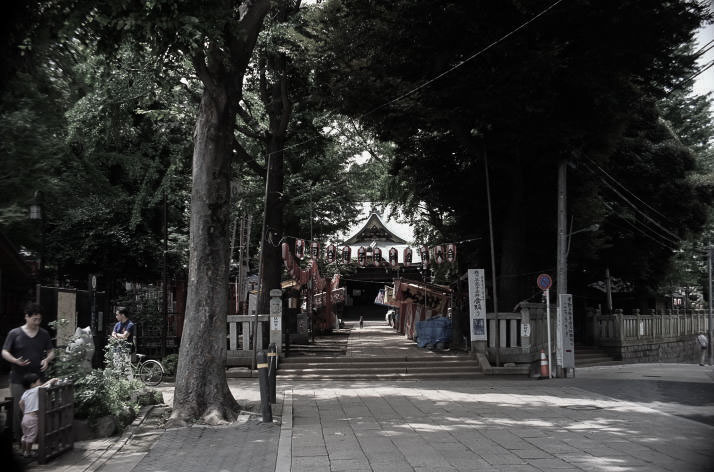
In Indian mythology, she used to be a demon who abducted and murdered many children, but chastised by the Buddha, she reformed herself and vowed to protect all children. The main building of Kishimojindo was constructed in 1664 using funds donated by the lawful wife of the Lord of the Hiroshima domain. And that is why some characteristics of the architectural style in the Aki region (the old name of Hiroshima) can be seen in the main building. The building, with some beautiful carvings, is in itself a valuable one which survived the bombardments during the Second World War.
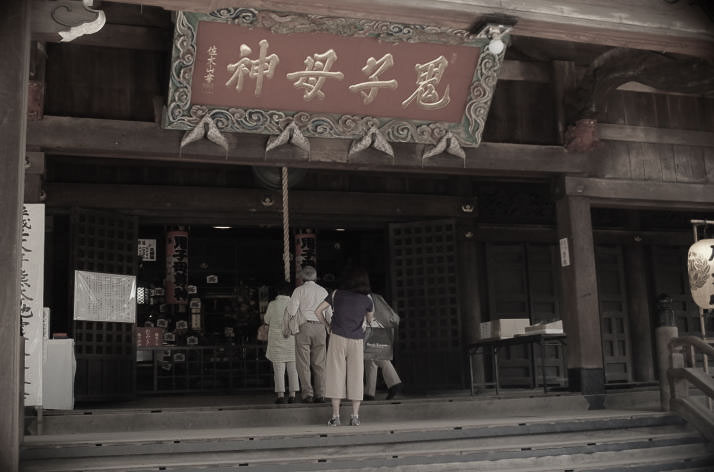
As I walked with my friend along the path lined with keyaki (zelkova) trees, some of which are 400 years old, toward the main building on a hot summer day, we visited a small tourist information center, where we met an amiable woman at the counter. I asked her if many international travelers visited there.
“Well, there are many Chinese tourists,” she replied.
“Do you get many Westerners, too?”
“No. It seems that about the half of the tourists are Chinese.”
“You mean about the half of foreign tourists are Chinese?”
“No, I mean about the half of all tourists seems to be Chinese. Just now, we had a few pass through. I have just met a group of four adults and three children.”
“Why so many Chinese? Are they better informed?”
“I don’t know…”
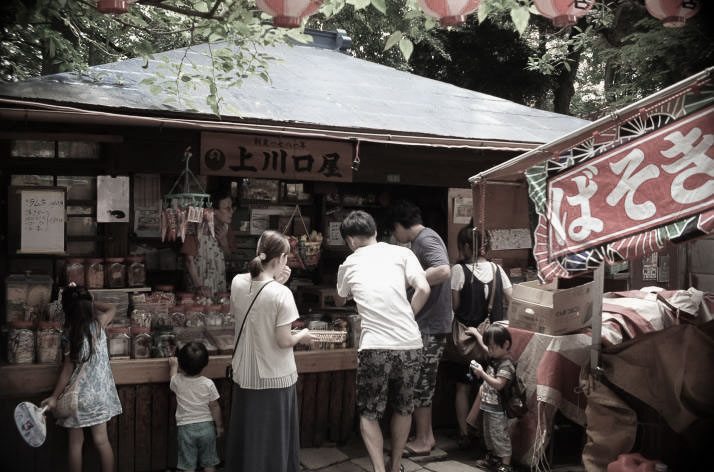
And after a little while, the amiable woman said cheerfully and proudly, “Anyway I hope you will enjoy the Kishimojin-do. It will soon become an Important Cultural Property of Japan!” (See Update 1 at the end of this post.) A little later in the precinct of the temple, an elderly shop clerk of a mom and pop candy store also told us about the honorable title about to be given by the nation. And it seemed to me that both of their remarks, along with their uplifting tones, represent the general feeling of the neighborhood residents toward the Kishimojin-do.
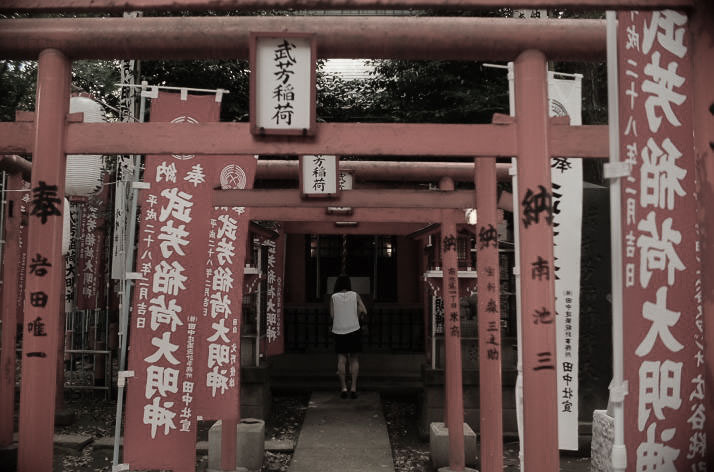
There is also a small Inari shrine in the compound. Enshrined there is the deity called Ukanomitama no mikoto, who has been worshipped in this region long before the Kishimojindo was established there. We also saw local people making preparations for a Bon festival dance that would be held that night. The impression I got from the Kishimojindo is that it is a place loved by the locals. This area still retains some aspects of the ‘good old days’, when people were friendly and kind, and spoke noisily. So, if you are a bit overwhelmed by the skyscrapers in the Tokyo Metropolitan area, I hope you will relax for a while in a place like this.
Zoshigaya Cemetery
If you want to visit another spot in Zoshigaya, we recommend Zoshigaya Cemetery. Opened in 1874, this is a non-denominational communal cemetery managed by the Tokyo Metropolitan Park Association. A nice place to stroll around, with old zelkova trees, tall ginkgo trees, and seasonal flowers. It is home to the graves of many distinguished cultural and political figures, including Natsume Soseki, Nagai Kafu, Izumi Kyoka, Nakahama Manjiro, and Lafcadio Hearn. A rare find is the grave of Hideki Tojo, who was hanged as a war criminal after World War II. A map of the grounds showing the location of each grave is available at the cemetery office.
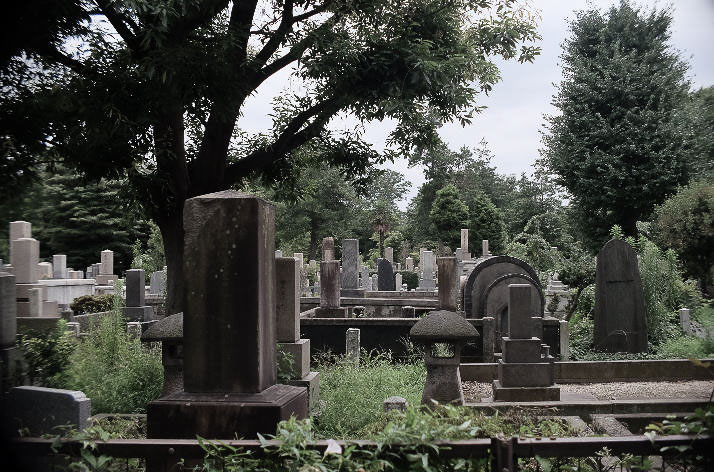
In particular, Natsume Soseki had a very strong connection with this cemetery. In his later masterpiece, Kokoro, there is a character whom the narrator calls “Sensei” (“teacher”), and it is this cemetery that this Sensei visits once a month to offer flowers at the grave of his friend. Also, in real life, after his youngest daughter Hinako died at the age of one in 1911, Soseki refused to have her buried in his family’s Jodo Shinshu temple and buried her in Zoshigaya. Five years later, Soseki himself died of a stomach ulcer at the age of 49 and was buried in the same place. Why was the Zoshigaya Cemetery chosen as the burial site for Soseki and his daughter? (In Japan, when a family member dies, it is common for them to be buried in the family temple that has been passed down for generations). There are several theories about this, but the exact reason is unknown.
■There is sound. Please be sure to wear your headphone.
I first knew about this song through the version by an Irish singer named Pauline Scanlon. I still believe that hers is the best version of this song. “Mourn not for them, for their trials are o’er (over) / Why weep for those who will weep no more?” is one of the most moving lines I ever heard.
Around Minowabashi Station
At Minowabashi Station, the terminus (or starting point) of the Toden Arakawa Line, there are many roses grown by locals, and many people take photos of them. The Joyful-Minowa Shopping Mall, located right next to the station, is a 400-meter-long shopping arcade that opened in 1919. Lined with a wide variety of shops, including small, privately run food stores and general merchandise stores, it is always bustling with local people. It is a place that evokes a sense of nostalgia, as if one had traveled back in time to the Showa era (1926-1989). Places like this are rather rare in today’s Tokyo, and it is no wonder that this shopping street has often been used as a location for movies and TV dramas.
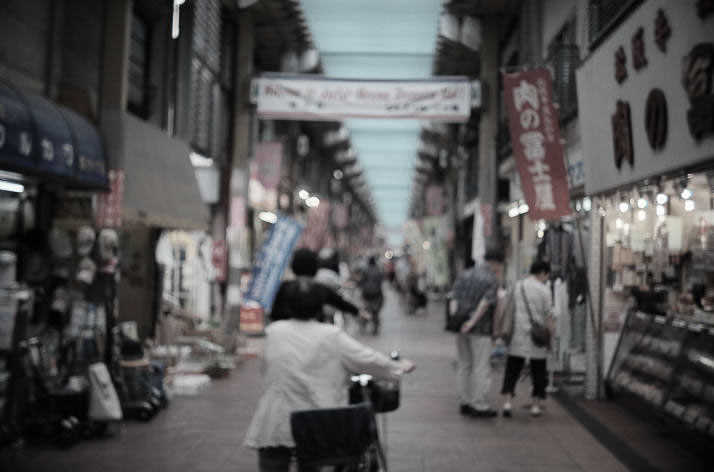
A five-minute walk north from Minowabashi Station is the Buddhist temple Entsu-ji. While the Joyful-Minowa Shopping Mall still conveys the bright side of the vibrant Showa era, this temple seems to embrace the dark side of the Meiji to Showa eras. It is not a place that is actively introduced in tourist brochures and magazines, but I don’t know of many other places that are so condensed with history. It has an unusual appearance for a Buddhist temple, with a huge golden statue of Kannon Bodhisattva towering over the main hall made of concrete.
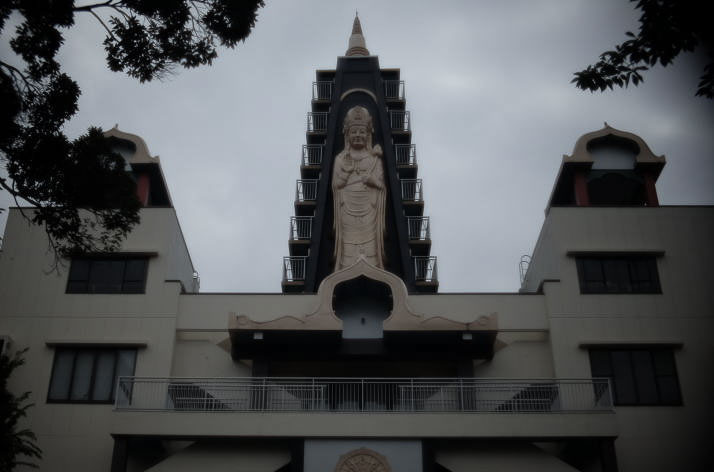
The large Kuromon (a black, roofless gate) in the temple grounds was originally a gate at Kan’ei-ji Temple in Ueno, 2.5km southwest. Kan’ei-ji Temple was the site of the Battle of Ueno (during the Boshin Civil War) in 1968, and the fiercest fighting took place around the Kuromon in the rain. In this battle, more than 200 members of the Shogitai (a group of samurai originally formed to guard Tokugawa Yoshinobu, the last Shogun of the Edo Shogunate) were killed by the attacks of the New Meiji Government forces, which were superior in numbers and equipment, and the samurai group was virtually annihilated. If you look closely at the Kuromon gate, you can see countless bullet holes on its surface, which still tell us the fierceness of the battle.
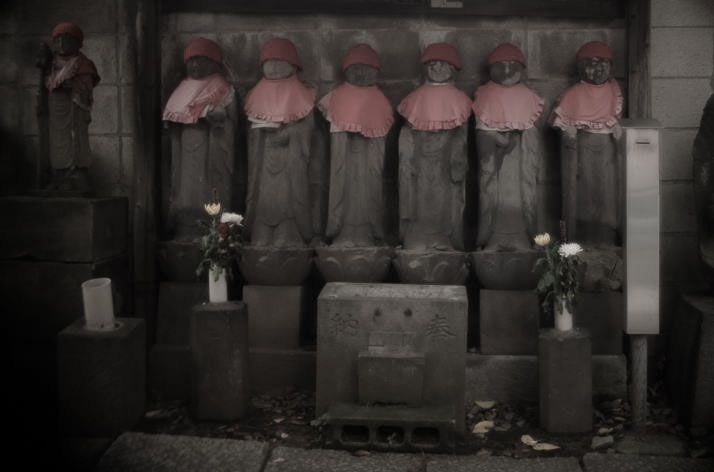
From the perspective of the new Meiji government, the Shogitai was naturally a “rebel army,” so even after the battle was over, the bodies of the Shogitai soldiers were left on the battlefield for a while. The head priest of Entsu-ji Temple at that time held a memorial service for these bodies and cremated them in Ueno. Due to this connection, the Kuromon gate was moved to Entsu-ji Temple, and the graves of the Shogitai soldiers are also located at this temple.
Getting There
The Old Missionary House in Zoshigaya is about a seven-minute walk from Toden-zoshigaya Station, and about a ten-minute walk from Kishibojinmae Station, on the Toden Arakawa Line. It is also about ten-minute walk from Higashi-ikebukuro and Gokokuji Stations on the Tokyo Metro Yurakucho Line, as well as Zoshigaya Station on the Tokyo Metro Fukutoshin Line. The Kishimojin-do is only a short walk either from Kishibojinmae Station on the Toden Arakawa Line or Zoshigaya Station on the Tokyo Metro Fukutoshin Line. It is even within walking distance from Ikebukuro Station of JR Yamanote Line (about 15 minutes on foot).
Other Photos
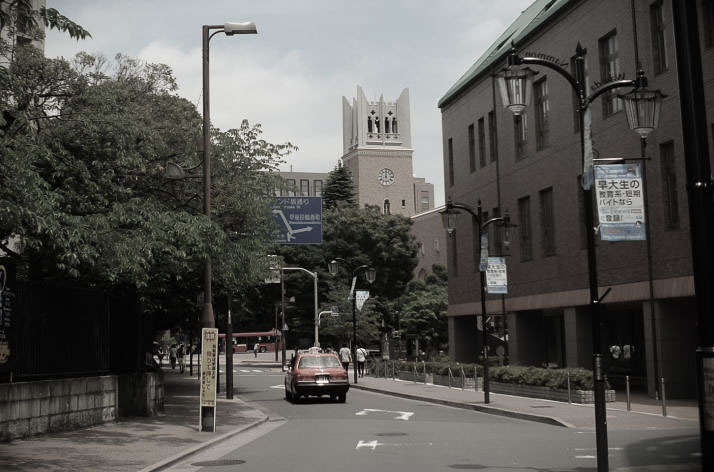
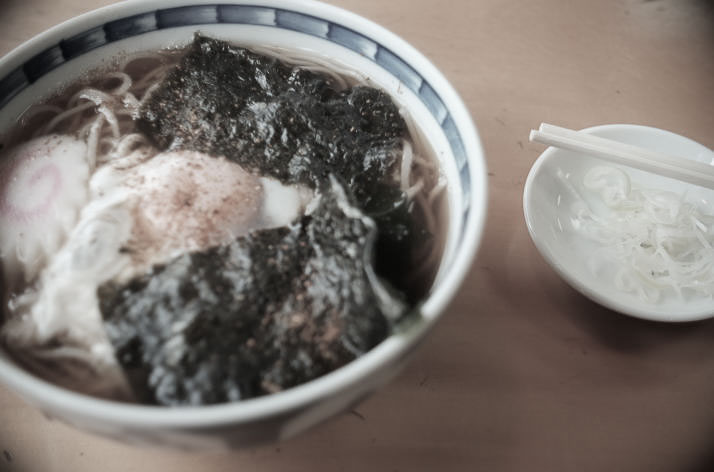
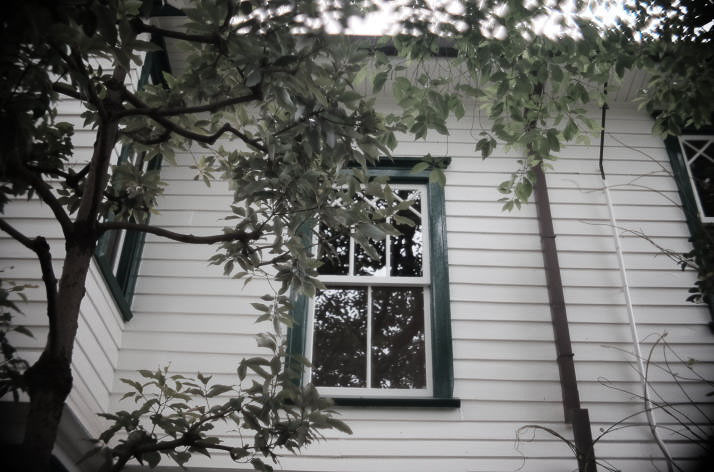
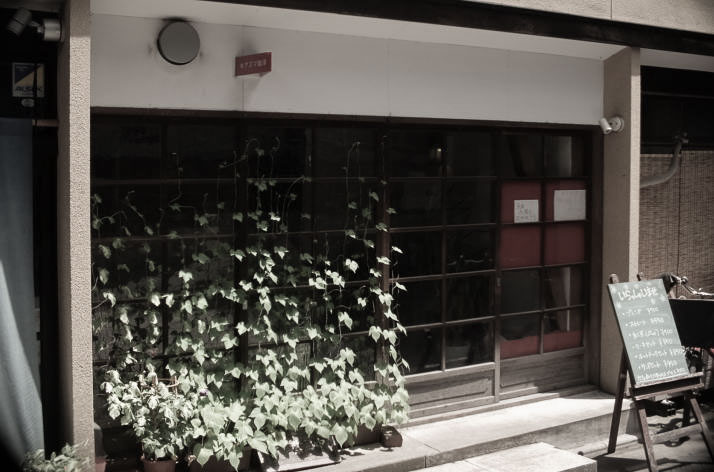
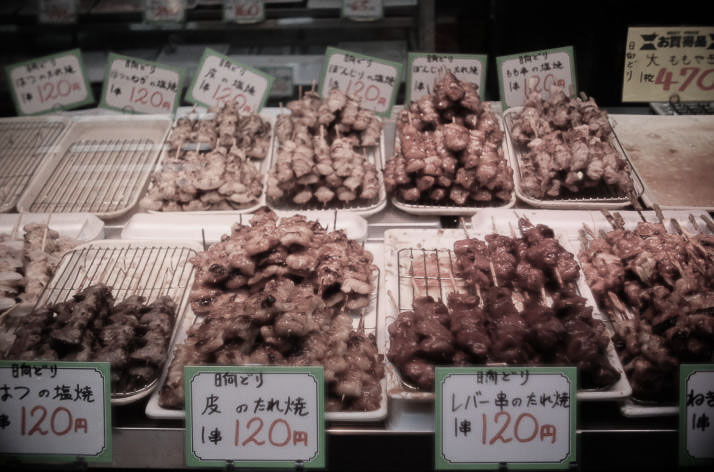
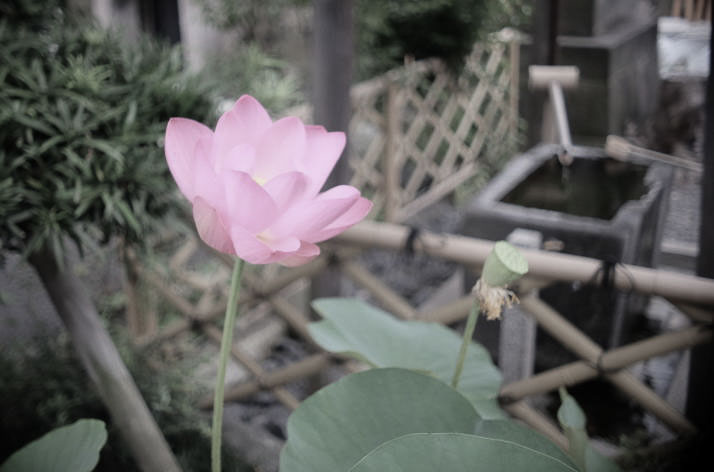
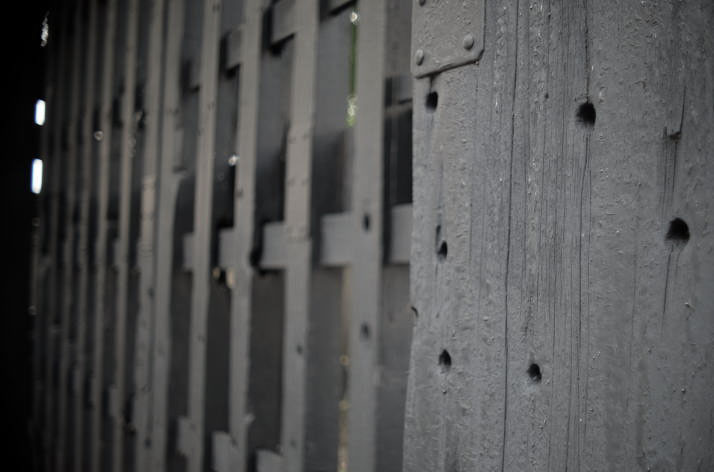
Conclusion & Contact
In addition to the ones introduced on this page, there are many lesser known and attractive spots along the Toden Arakawa Line, such as parks rich in nature and temples and shrines that are perfect for a leisurely stroll. There are also many sections where you can enjoy seasonal flowers such as cherry blossoms (hence the nickname) and roses. If you would like to join a guided tour around here, please send an e-mail from the contact form on the Rates/Contact page.
| Update 1 (Added in March 2019): Kishimojindo became a National Important Cultural Property in 2018. |
Photographs by Koji Ikuma. (Featured Photo: A Toden Arakawa Line tram arriving at Waseda Station.)
Outbound Links (New Window)



